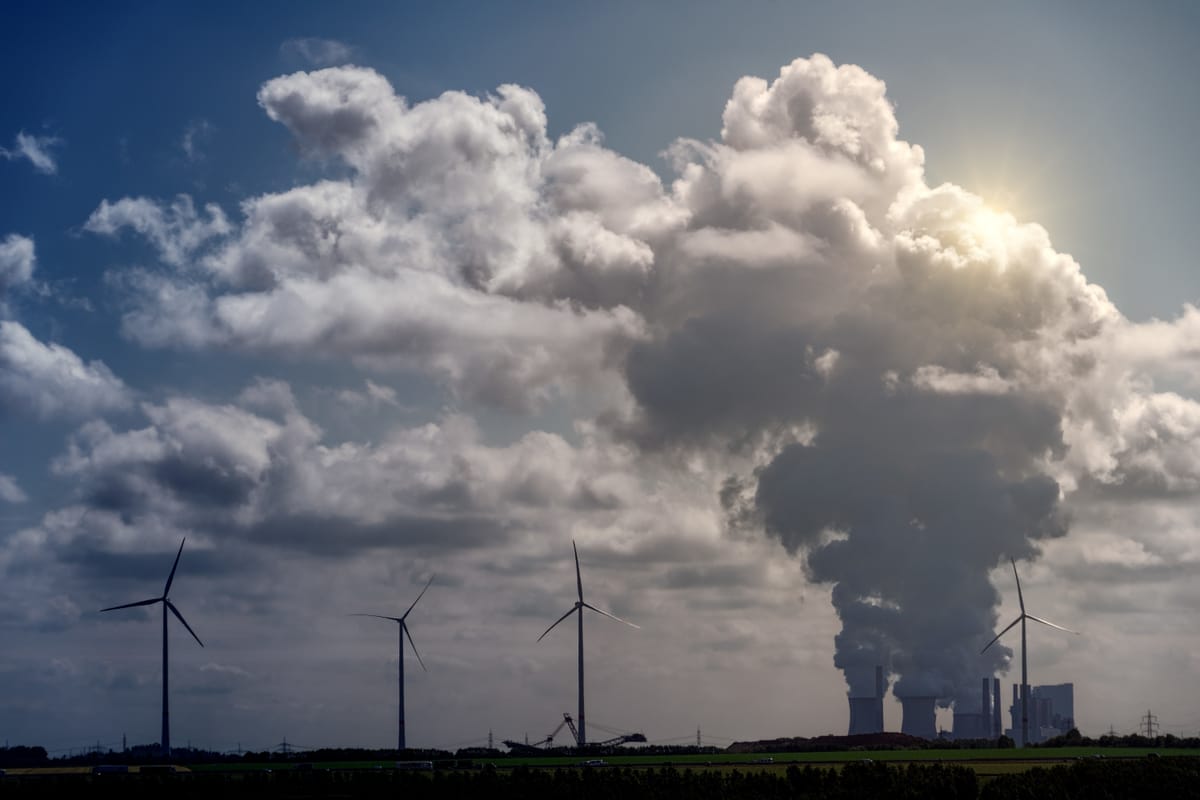AI Boom Triggers 150% Surge in Tech Giants' Carbon Emissions: UN Report
The spike is largely due to the exploding energy demands of data centres.

A new report from the UN’s International Telecommunication Union (ITU) reveals that indirect carbon emissions from major AI-focused tech companies surged by an average of 150% between 2020 and 2023.
The spike is largely due to the exploding energy demands of data centres powering artificial intelligence models.
Amazon led with a 182% emissions rise, followed by Microsoft (155%), Meta (145%), and Alphabet (138%).
The ITU warns that emissions from top AI systems could soon hit 102.6 million tonnes of CO₂ annually—placing immense pressure on global energy infrastructure.
"Advances in digital innovation — especially AI — are driving up energy consumption and global emissions. While more must be done to shrink the tech sector's footprint, the latest Greening Digital Companies report shows that industry understands the challenge — and that continued progress depends on sustaining momentum together," ITU Secretary-General Doreen Bogdan-Martin, said.
Despite green pledges, most firms have yet to achieve real emission cuts.
Amazon pointed to its investments in nuclear and renewable energy, while Microsoft cited its adoption of chip-level liquid cooling. Meta highlighted sustainability initiatives at its data centres.
Meanwhile, a recent report by Epoch AI says that the computational power of AI supercomputers has been doubling every nine months, while their hardware costs and power demands have doubled annually.
Drawing from a dataset of 500 AI systems built between 2019 and 2025, the report warns that if these trends continue, the top AI supercomputer by 2030 could require two million AI chips, cost $200 billion, and consume 9 GW of electricity—equal to nine nuclear reactors.
To meet the growing computational needs, these companies are turning their attention to nuclear energy.
On May 23, 2025, President Donald Trump also signed four executive orders aimed at revitalising the U.S. nuclear energy sector.
The administration's ambitious plan seeks to deploy 300 gigawatts (GW) of new nuclear capacity by 2050 and have 10 large reactors under construction by 2030. to power AI.



Comments ()